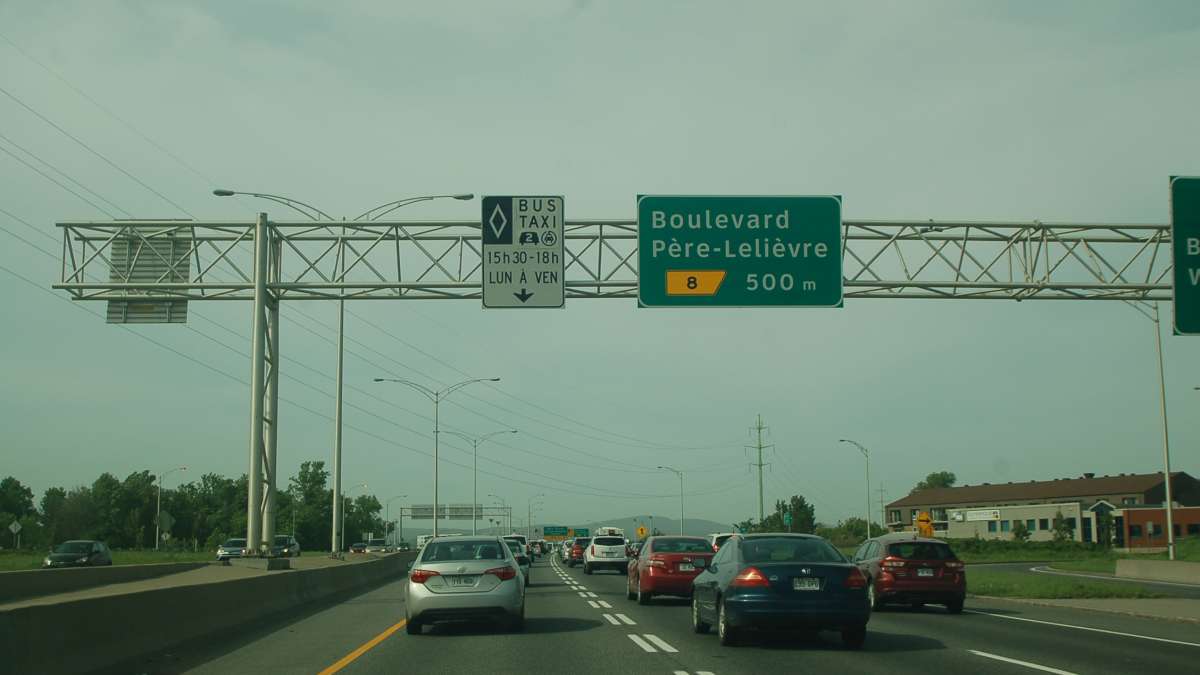This article is part of the folder : Covoiturage : le dossier du Cerema
See the 39 news related to this folder
In June 2018, the Quebec Ministry of Transport, Sustainable Mobility and Transportation Electrification played host to the team from Cerema, formed especially for the benchmarking mission. Cerema visited the various high-occupancy vehicle (HOV) lanes already in place in both of the region’s major cities – Quebec City and Montreal – in order to gain a comprehensive understanding of the seven sites in operation, representing some 22 miles of carpool lanes.
Amongst the various measures available to manage mobility, the public authorities in Quebec see HOV lanes as a powerful tool to:
-
Reduce congestion
-
Encourage people to opt for a more sustainable mode of transport, like carpooling
-
Help reduce vehicle emissions
This benchmarking strategy provided more detailed insight into the theory, methodology, and development strategy for carpool lanes, as well as feedback from HOV lanes already operational in Quebec.
To that end, Cerema produced a benchmarking report containing an overview of current carpooling best practices in Quebec.
As for the results returned by the benchmarking mission, Cerema is now better able to identify both problems and needs in implementing carpool lanes in France, be they technical, regulatory, or related to equipment.

A number of the development and operational guidelines for HOV lanes that are in place in Canada could be replicated in France, including adoption of the diamond symbol.
Some points of strategic divergence do, however, remain, namely the Canadian strategy of almost always building a new lane, instead of the temporary or permanent use of an existing lane, as is planned in France.
Furthermore, following advances in technology, French research into enforcing and cautioning use of HOV lanes envisions, in the medium-term, the implementation of automated enforcement systems, rather than arrests at the wheel, as has traditionally been applied in Canada.
In 2019, this project will be extended with the publication of recommendations for developing carpool lanes in France.
Contact: Regional Development Department
DAT.DTerMed@cerema.fr
Resources
In the folder : Covoiturage : le dossier du Cerema

